This coming Saturday there will be an update on what’s been happening at Mount Zero-Taravale Wildlife Sanctuary in 2024. Catering supplied, and for anyone keen, an optional tag-along trip to check out our feral predator-free exclosure fence – home to a growing population of endangered Northern Bettongs.
Posts
Paluma Bird of the Month, November 2024 – Spotted Catbird
The Spotted Catbird (Ailuroedus maculosus) is an unmistakable part of the soundscape of upland rainforests in northeast Queensland. Its eponymous call is indeed very catlike, but despite its aural ubiquity it is rather secretive and is frustratingly difficult to spot in the foliage of the middle forest canopy.
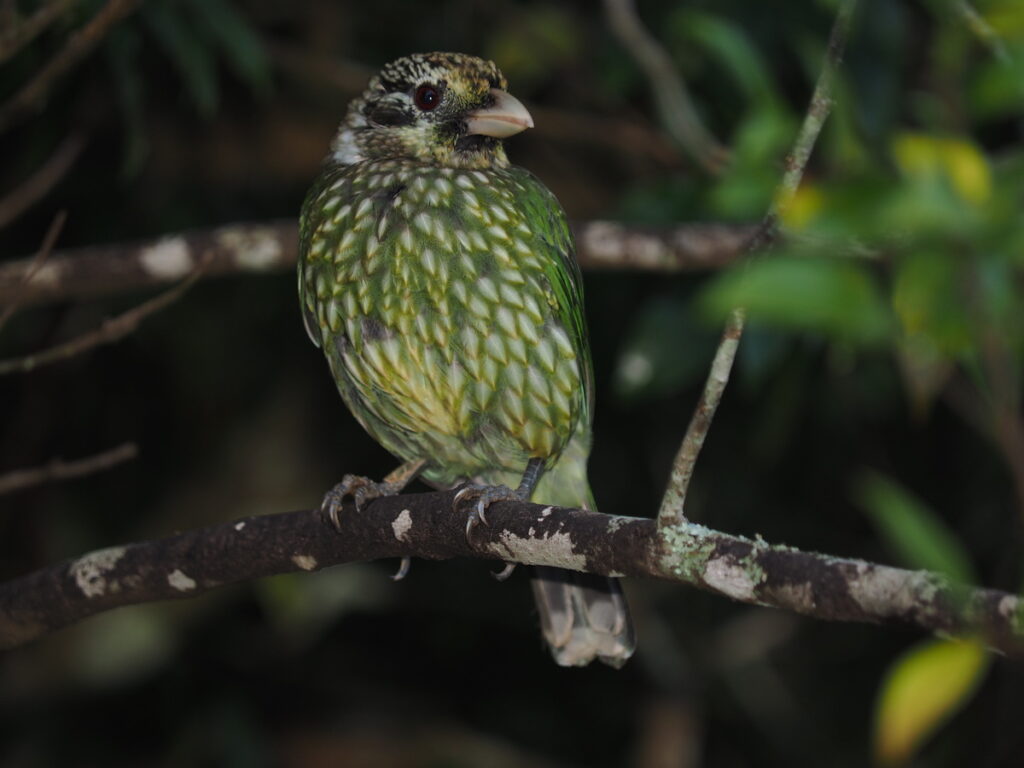
It took me many visits up to Paluma after I first arrived in Australia to finally spot the bird that I had heard repeatedly on every visit. Now that I have a house in Paluma with a bird feeder, I get great views every morning.
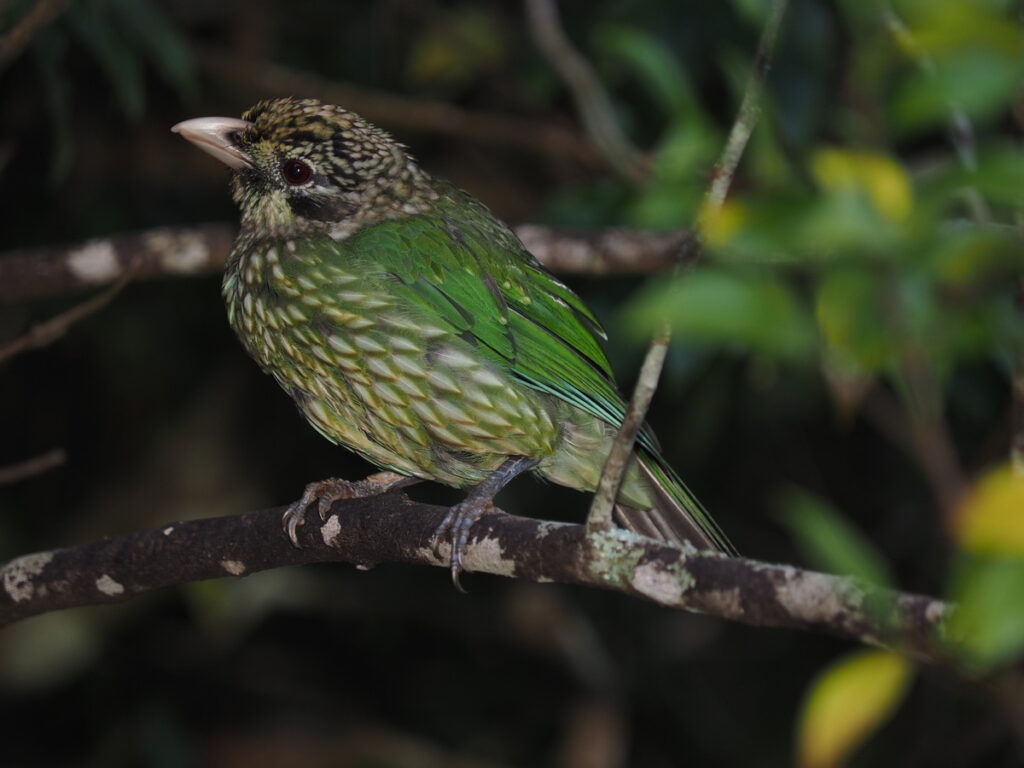
This main call is used by a mating pair to establish and defend a territory.
Pairs and groups also communicate with each other using a softer single-note call that is often heard but seldom associated with the catbird to non-birders.
The Spotted Catbird is one of 10 species of catbirds (genus Ailuroedus), which can be found only in New Guinea and Australia. Two species are endemic to Australia (Spotted and Green Catbirds), while a third occurs in the Cape York rainforest and New Guinea.
Like our previous bird of the month, catbirds belong to the bowerbird family (Ptilonorhynchidae). However, unlike all other bowerbirds, they are much less flamboyant in both their plumage and behaviour. Catbirds have a relatively subdued colouration, usually a mix of green on the back and cream to tan mottling on the undersides, with males and females looking alike. They also eschew the hectic and showy romantic antics of other male bowerbirds that build elaborate bowers or stages and compete fiercely to attract multiple mates. Instead, catbird males are monogamous (stick with a single partner) and share parental duties at the nest.
The Spotted Catbird eat mostly fruit supplemented by insects – and the occasional nestling or eggs of smaller birds. Like other bowerbirds, they are very long-lived, with one tagged individual recorded over 19 years! They live mainly above 900m and are relatively sedentary, travelling no more than 2km (typically 70m) to forage for food. Pairs of birds defend a territory of about 1.6ha during the breeding season (August to March).
Text and Photos by Jamie Oliver
Mt Zero-Taravale Wildlife Sanctuary 2024 Update
In the valley or village on the weekend of the 7-8th December? Heading to the Paluma tropical Xmas BBQ (or even if you’re not)? Why not make a day of it on the Saturday and join us for an update on what’s been happening at Mount Zero-Taravale Wildlife Sanctuary in 2024.
The deets (more details in poster below): Saturday 7th December, 10am – 1:30pm. Catering supplied, and for anyone keen, an optional tag along trip to check out feral predator-free exclosure fence – home to a growing population of endangered Northern Bettongs.
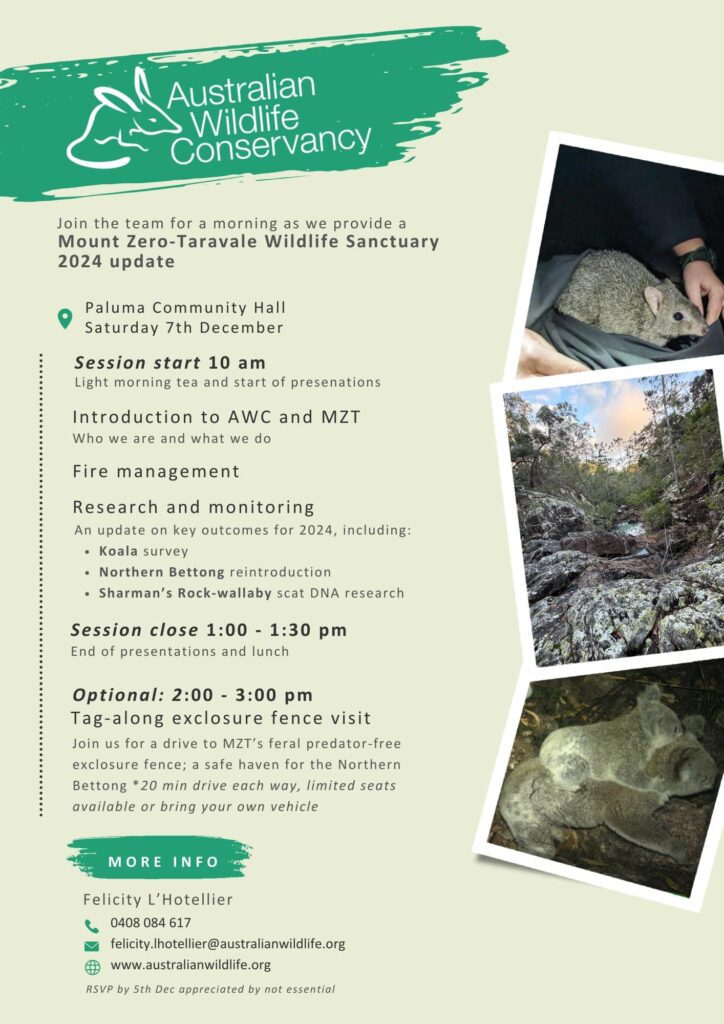


 Tropical Christmas BBQ
Tropical Christmas BBQ 


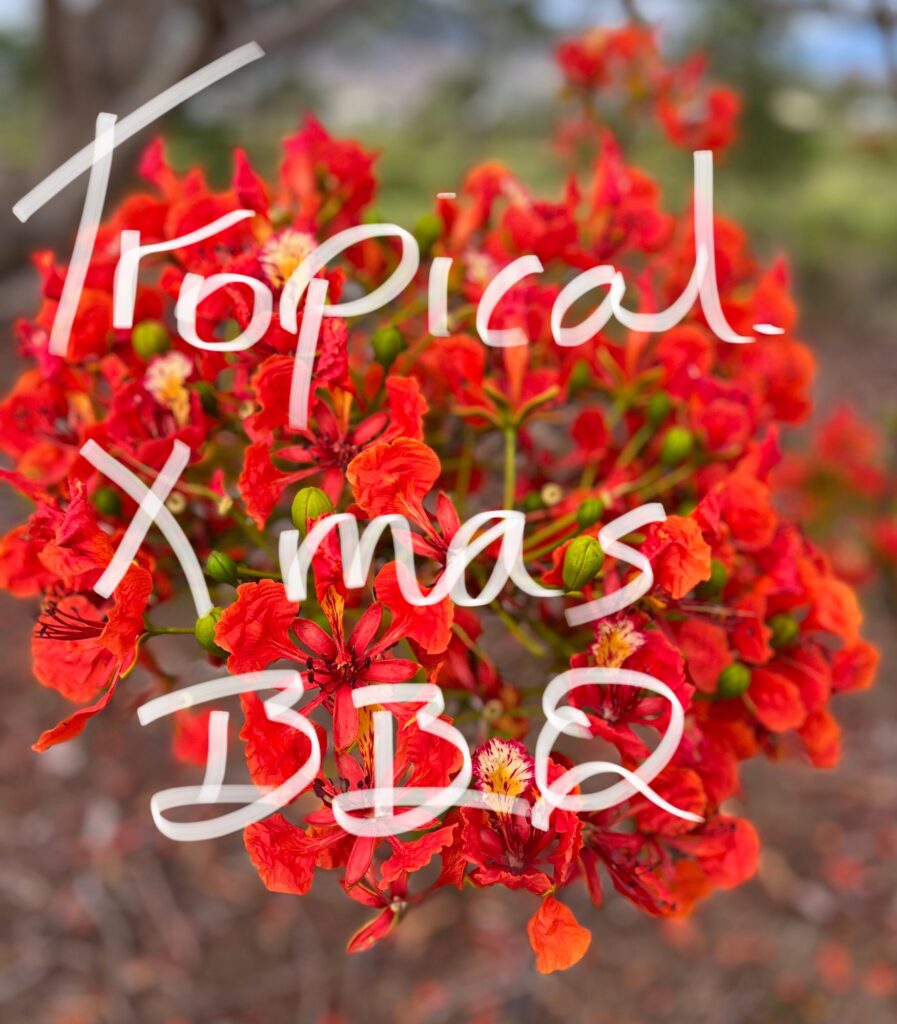
The PDCA’s end of year function, the Tropical Christmas BBQ, will be held on Saturday December 7th from 6:30 – 10pm. Bring along whatever you wish to cook on the bbq and a side to share. Or, you may wish to bring a dessert to share instead of a side, it is up to you. The bar will be open of course. It is time to kick back and welcome in the silly season.
Also, as is Paluma tradition, this year’s garden competition winners will be announced at the bbq. The judges, Angela and Dee from North Shore Bunnings, spent a very full day on Monday with Jamie, looking at all participants’ gardens. This was Dee’s first time in Paluma and both judges were thrilled to be up here enjoying the climate and the interesting plants it allows to grow as compared to Townsville. We ensured they had a lovely lunch and break so they didn’t wear out completely. It was fabulous to see quite a few Cairns Birdwing caterpillars munching away on the aristolochia vine.
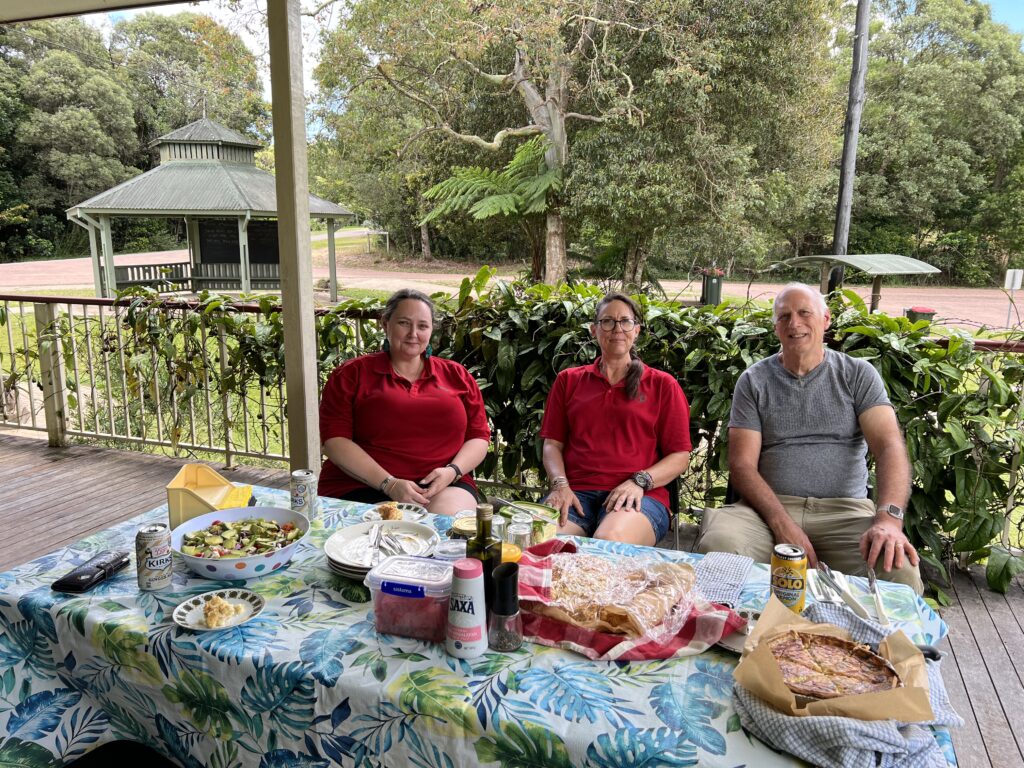

Text and images: J. Poletto
Paluma Rural Fire Brigade Public Meeting
Notice to all Paluma Ratepayers
On Sunday December 8, a public meeting is to be held at the Paluma Community Centre at 10am for all ratepayers to discuss the setting of the 2025 fire levy.
Come along and also find out what the brigade is up to over a cuppa and a piece of cake. If there are any queries in the lead-up to the meeting, please contact Sonya Bryce, Treasurer / Secretary of Paluma Rural Fire Brigade on (0474) 324153.
The Annual General Meeting of the Paluma Rural Fire Brigade will follow on from the morning tea for those who are interested.
Friday Night Social and Saturday Working Bee Reminder

Come and have a beverage down at the hall tomorrow night. Bar open at 6pm. Bring some nibbles to share.

see you at one or the other… or both.
Paluma Garden Competion – November 25th
Our annual Paluma Garden Competition will be held on Monday, November 25th. As in the past there will be 2 judges from Bunnings who will be escorted around the village by a PDCA member. Bunnings will provide gift vouchers to the winning gardens, and will nominate the winner of the Alison Evans Memorial Trophy.
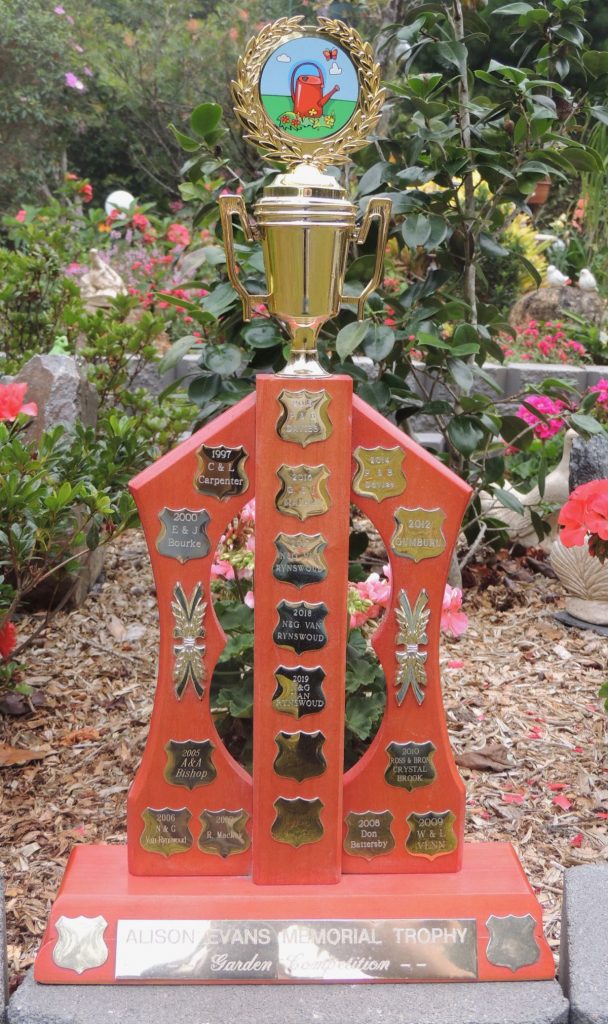
If you do not wish to participate in the competition this year please email Jamie Oliver (jamieo53@hotmail.com) before the competition date.
Paluma Bird of the Month, October 2024 – Tooth-billled Bowerbird
Earlier this month, the forest around Paluma began to ring out with the sounds of a bird that is better known for its distinctive courting area than its plumage or its song. The Tooth-billed Bowerbird or Stagemaker (Scenopoeetes dentirostris) has a noisy and boisterous call although it’s not as distinctive to a casual observer as the circular patch of leaves that it carefully lays out on a patch of forest floor to attract females. This “Stage” is familiar to most people who walk the village trails. One of us (PC) was able to record a particularly vocal individual near Mt Spec Rd.

The Stagemaker is endemic to highland rainforests of the wet tropics, and is the only member of the genus Scenopoeetes. While it is common within its range its restricted distribution and dependence on highland rainforest means it is considered near threatened on the IUCN list of Threatened Species.
During the winter months, it feeds mainly on leaves and stems. This is an unusual diet for an arboreal bird. Only 3% of bird species eat leaves, which are not very energy-dense, and require large volumes of material to satisfy their energy needs. The toothed profile of the bill (from which its common name is derived) is believed to be an adaptation for cutting leaves and stems (for both food and stage displays. During the mating and breeding season when more energy is needed for display, defending stages, egg production and feeding of young, Stagemakers switch to a diet of fruit and flowers, supplemented with insects.

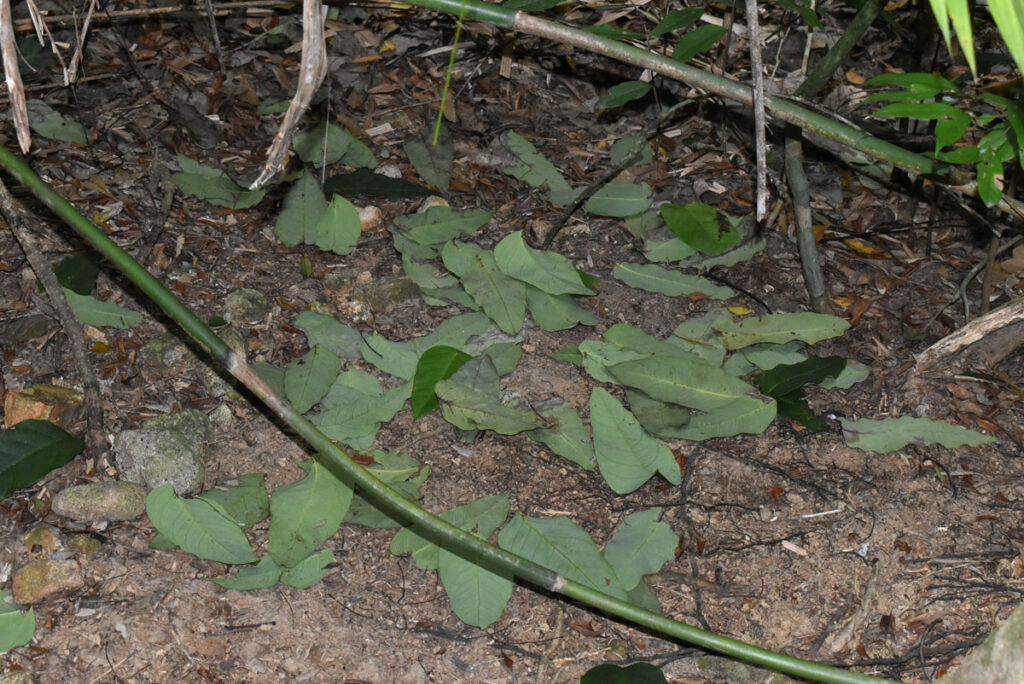
Stage production, display and nesting commence with the onset of fleshy fruit production (August to September) and displays stop with the onset of the wet. The stage, or court is first cleared of leaf litter by the male and then decorated with leaves from a few species of tree, which are all carefully turned so the paler underside is facing upward. The stage is carefully maintained by the male to ensure the leaves are properly orientated. Stages are clustered in an area with stages separated by 50-68m. Males are long-lived and return to clear the same stage every year (over 20 years in one case). Adjacent males compete for suitable leaves and will steal from the stages of other birds.
Each court has an adjacent display tree the male uses to announce its presence. Its song can include mimicry of over 40 bird species, frogs, and even fruitbats! The recording above appears to be the native call rather than a mimic. Once a female has been attracted to the stage, the male descends from its perch to display and entice the female into mating. The female builds a nest in a tree nearby and appears to rear the young unassisted.
Stagemakers are currently considered to be Bowerbirds, but the lack of a true bower constructed from twigs, and the lack of different plumage between males and females led some taxonomists to initially place these birds with the closely related catbirds (Genus Ailuroedus) within the overarching Family (Ptilonorhynchidae). More recent genetic research suggests that the Stagemaker is a distant relative of the maypole building bowerbirds (e.g. our local Golden Bowerbird), but it has traits that suggest it might have evolved separately from both groups, or a primitive form of catbird.
Much of what we know about the ecology and biology of the Tooth-billed Bowerbird has come from research conducted around Paluma. The preponderance of these studies were carried out by Cliff and Dawn Frith, who lived in Paluma and have published both scientific as well as gorgeously illustrated popular books on Bowlerbirds, Birds of Paradise and general rainforest natural history.
Text by Jamie Oliver ; Photos as indicated
November 9th Working Bee 
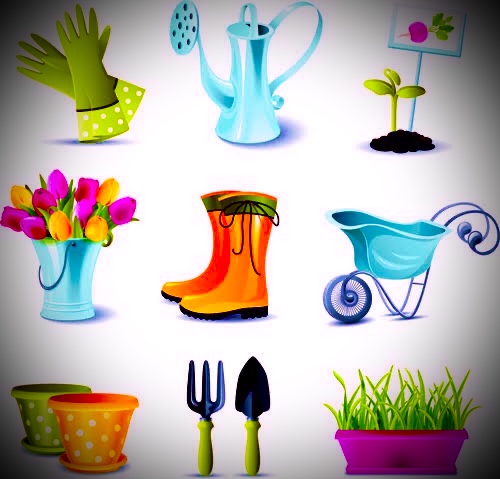
Our next Paluma working bee 
We will meet at the Community Hall at 2pm. Tasks will include:
- Removal of cut up Sarsaparella tree on corner of Mt Spec Rd and Lennox Cresc to be taken to the dump.
- Install a step on a washed out section of Colwyn’s track.
- Clean out the gutter in Lennox Crescent just past the council water depot to make sure the storm water runs into the drain and not across the road.
Wilfred will have the gear for the first two tasks and will need the extra willing hands only. A couple of wheelbarrows and shovels for the drain on Lennox Crescent would be useful if you have that to bring. Most importantly, bring your willing hands and smile.
Drinks to follow on the Hall verandah at 4pm.
Change of date for November’s TGIF!

November’s Social Drinks evening has been changed to the second Friday of this month – November 8th. As usual, it will be at the Community Hall.
The bar opens at 6pm. Come along for a catch-up over a drink. Locals and visitors alike are all welcome. Bring a plate of nibbles to share.

